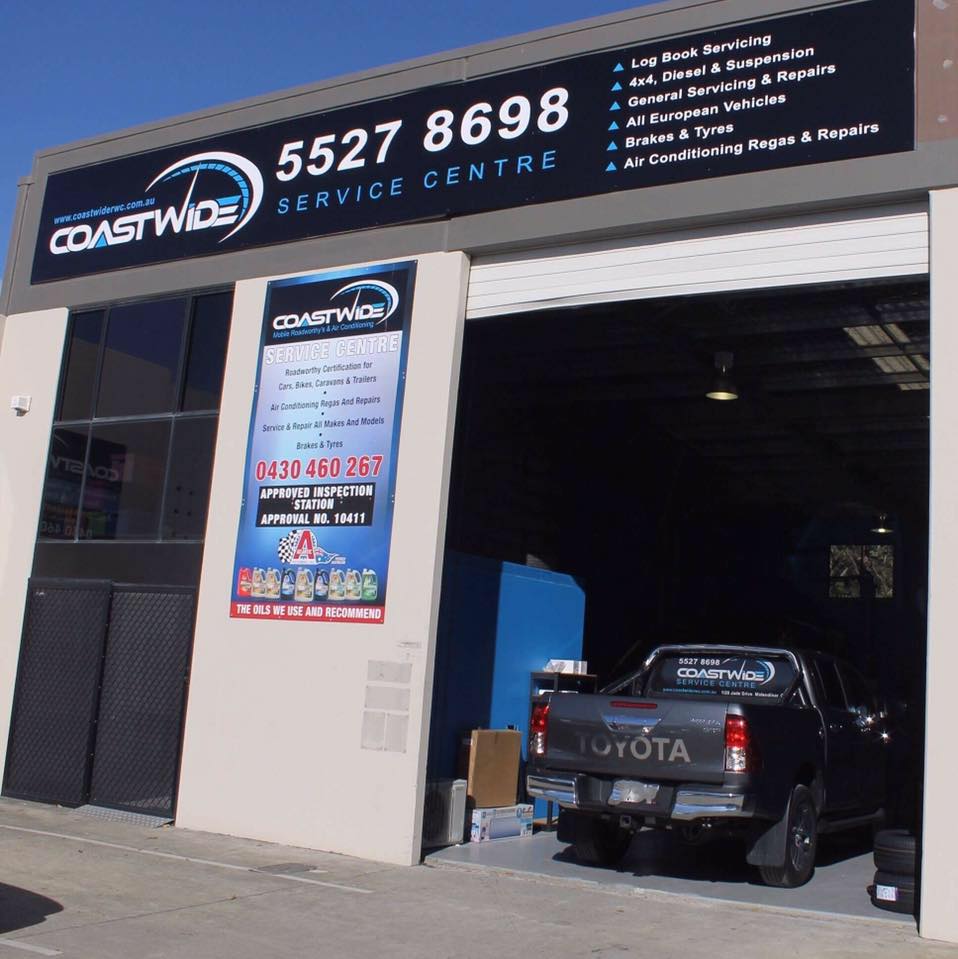Timing Belt Replacement
Timing belt Gold Coast
Is it time to replace your car’s timing belt? Don’t wait until it breaks! Our timing belt replacement service is quick, easy, and affordable. A worn-out belt can cause big problems for your engine. By replacing it on time, you can avoid expensive repairs and keep your car working well. Our mechanics use high-quality parts and have years of experience. We’ll check everything, replace the belt, and get you back on the road fast. Don’t risk engine damage. Come to us for your timing belt replacement and drive with confidence. Visit us today!

When is it time for timing belt replacement?
Knowing when to replace your car’s timing belt is important. The timing belt is a key part of your engine. If it fails, it can cause serious damage. Here are some signs and guidelines to help you know when it’s time to replace your timing belt.
First, check your car’s manual. It usually gives a recommended mileage or time for a belt replacement. This can be anywhere from 60,000 to 100,000 kilometres, or every 5 to 7 years, whichever comes first. Follow these guidelines to avoid problems.
Next, look for signs of wear and tear. If you hear a ticking noise coming from the engine, it could be the timing belt. Another sign is if your engine misfires or has trouble starting. This can happen because the timing belt is not working properly. If you notice oil leaking from the front of the motor, it might be coming from the timing belt cover. This is another sign that it’s time to replace the belt.
Sometimes, it’s hard to tell if the timing belt is worn out just by looking at it. That’s why it’s a good idea to have a mechanic check it regularly. They can spot problems before they become serious.
Replacing the timing belt on time can save you a lot of money. If the belt breaks, it can cause major engine damage. This can be very expensive to fix. By replacing the timing belt before it breaks, you can avoid these high costs and keep your car working properly.
If you’re not sure when your timing belt needs to be replaced, or if you think it might be worn out, don’t wait. Visit our mechanics today and have them check it for you. Taking care of your timing belt now can prevent bigger problems later on. Keep your car in good shape and stay safe on the road by replacing your timing belt on time.
Timing belt vs timing chain
When it comes to your car’s engine, the timing belt and timing chain play an important role. Both keep the engine’s valves and pistons working in sync, but they have some differences. Here’s a simple guide to understanding the difference between a timing belt and a timing chain.
Timing belt
Made of rubber with teeth on the inside.
Quieter than a timing chain.
Needs regular replacement, usually every 60,000 to 100,000 kilometres or every 5 to 7 years.
If it breaks, it can cause serious engine damage.
Easier and cheaper to replace compared to a timing chain.
Commonly found in many modern cars.
Timing chain
Made of metal, similar to a bicycle chain.
More durable and can last the life of the car.
Doesn’t need regular replacement like a timing belt.
Can be noisier than a timing belt.
More complex and expensive to replace if it does wear out.
Often found in older cars and some newer high-performance engines.
Which is better?
There is no clear answer as to which is better because it depends on the car and how it’s used. Timing belts are quieter and cheaper to replace, but they need to be replaced more often. Timing chains last longer and are stronger, but they can be noisier and more costly to fix if they fail.
Maintenance
For a cambelt, follow the car manufacturer’s replacement schedule.
Regularly inspect for signs of wear like cracks, fraying, or missing teeth.
For a timing chain, listen for unusual noises and have it checked during regular services.
In summary, both timing belts and timing chains have their pros and cons. Knowing which one your car has and maintaining it properly can help you avoid engine problems. Always refer to your car’s manual and consult with a mechanic for the best advice on your timing belt or chain. You can always come in for a general car repair service and we’ll inspect all aspects of your car.

Book A Service or Get In Touch
Use the form here or the contact info below to get in touch with our team with your enquiry or booking request.
07 5527 8698
0430 460 267
coastwiderwc@gmail.com
4/8 Reichert Dr, Molendinar
FAQs
What are the symptoms of bad timing belt?
A bad timing belt, also known as cambelt, can show several symptoms. Listen for a ticking noise from the engine. Your car might have trouble starting or misfire while running. The engine could run rough or shake more than usual. You might also see oil leaking from the front of the engine. If the belt breaks, the engine won’t start at all. It’s important to replace the timing belt before it fails completely to avoid serious engine damage. If you notice any of these signs, visit a mechanic to have your cambelt checked.
What is the average life of a timing belt?
The average life of a timing belt is typically between 60,000 to 100,000 kilometres or about 5 to 7 years, depending on the car and driving conditions. Always check your car’s manual for the manufacturer’s specific recommendation, as some belts may need to be replaced sooner. Regular maintenance and inspections can help assure your cambelt lasts as long as possible.
How to check a timing belt?
Checking a timing belt involves a few steps:
Locate the timing belt: Refer to your car’s manual to find the cambelt’s location. It’s usually covered by a protective cover at the front of the engine.
Inspect the belt: Remove the cover to see the belt. Look for signs of wear such as cracks, fraying, glazing (shiny surface), or missing teeth.
Check tension: The belt should be tight. If it feels loose or you notice slack, it might need adjustment or replacement.
Listen for noise: A ticking sound from the engine could indicate a worn belt.
If you’re unsure, it’s best to have a mechanic inspect it.
Can I replace my own timing belt?
Replacing a cambelt is a complex job and requires mechanical knowledge and the right tools. Here a some points to consider:
You need to have a good understanding of car engines and be comfortable with detailed mechanical work.
You’ll need specific tools, such as a belt kit, wrench set, and sometimes a jack or lift.
It can take several hours, even for experienced mechanics.
Follow the car’s service manual closely to assure proper alignment of the belt and components.
If not done correctly, it can cause severe engine damage.
If you’re not confident, it’s best to have a professional mechanic do the job.
What does a timing belt do?
A timing belt is an important part of your car’s engine. It connects the crankshaft to the camshaft, making sure that the engine’s valves open and close at the right times during each cylinder’s intake and exhaust strokes. This precise timing keeps the engine working. If the belt fails, the engine’s parts can collide, leading to serious damage.
